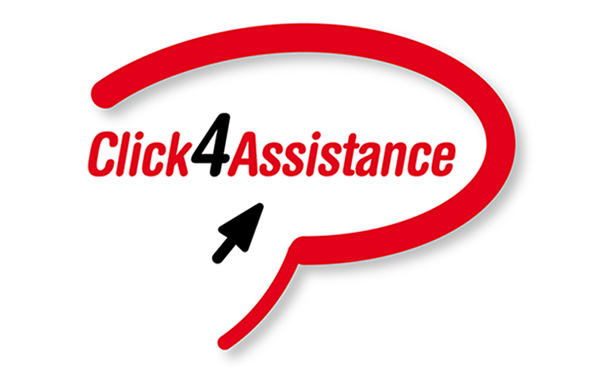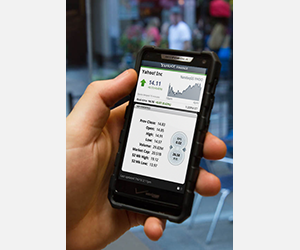Using Surveys to Benefit Your Company – Part 3 Reducing Errors and Increasing Responses

This is the third instalment in our series of blogs on how online surveys can be used to benefit your company.
To be relevant in quality control, survey results must be valid.
This means the information collected must be clean and error free. To help reduce errors, you should think about the following:
The Response Group
Do the individuals that have responded truly reflect your intended audience? For example, if the information you wish to collect is from customers that have bought goods, make sure they have purchased rather than simply raised an enquiry about a product or service.
Are the questions easily understood?
For companies that offer products and services across the world, remember there maybe a language barrier to contend with. Ensure your questions are clear and concise with no potential to be even slightly misunderstood.
How willing are the Respondents
An unwilling individual is less likely to give you their honest views and opinions. They are more likely to take the shortest route when answering surveys, which could be selecting the first option to every question rather than their real feelings or opinions.
How effectively are the results analysed
What collation method and calculations are you going to use when summarising the information. For example, if averaging results are you going to use "Mean, Median or Mode"?
Now we have seen how you can effectively reduce errors on your surveys, we want to start improving the response rate. This way, you can be sure the information gathered from your respondents is of the highest quality. Here are some tips designed to improve the number of responses to your online survey. You should consider:
Offering Incentives
Offering prizes or an incentive to complete the survey is a great way to get information while making the respondent feel they’ve gained something for their time. Not everyone will be interested in receiving this, and may simply have an interest in providing their feedback. To cater for this, allow people to opt out of receiving the incentive.
Personalising Your Invitation
If you are sending the survey in an email you should try personalising the invitation with their name and any other information you have gathered. This shows you’ve taken an interest, rather than sending out a mass generic email.
Your Survey Design
Don’t make the mistake of ignoring the design of your survey. Reducing the amount of questions and images or text on the first page will improve your response rate. The aim is to make your survey look simple and easy to complete, not complicated and full of information.
Keeping your Invitation Short
You should try and keep your email invitation as short as possible. Only include one link to the survey itself, and don’t forget to include your privacy statement. If the survey is short, tell them, but don’t be dishonest. Recipients are more likely to complete longer surveys if they have been warned in advance.
Track and Follow Up
Placing an identification code on every survey sent can help you track who has completed and returned the information. Research shows that increasing the number of contacts made with the recipient, can significantly improve the response rate. It is recommended that 5 points of contact are made. This can include an initial email before the survey is sent and three subsequent follow ups if no response is received.
If you have enjoyed these tips on increasing response rates and reducing errors, check out next week’s instalment, which will run through analysing your survey results. In the mean time, why not follow us on Facebook and Twitter to receive all of our latest news and updates. To find out more about adding Live Chat Software to your mobile website quickly and easily, call our friendly team today on 0845 123 5871.






















